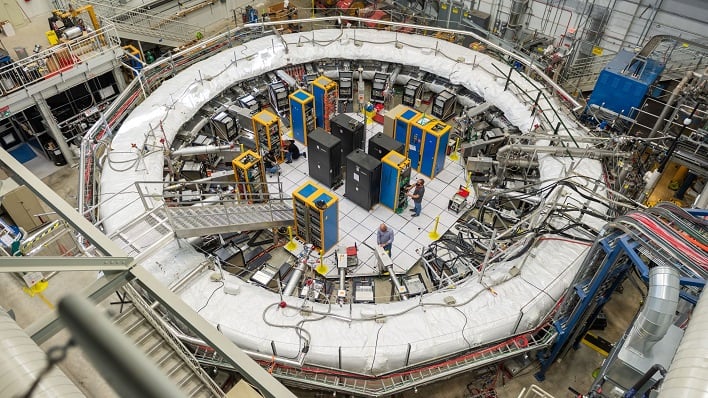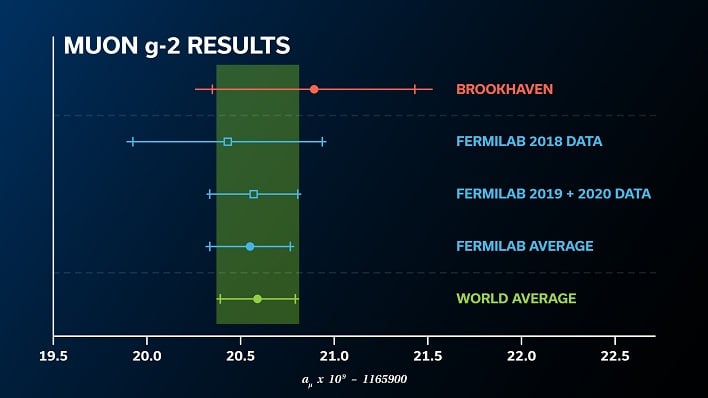Scientists Narrow In On A Potential Fifth Force Of Nature In Latest Research

The exciting new discovery has refueled the idea that there might be a fifth force of nature. The "standard model," which physicists use to describe how the universe works, includes gravitational and electromagnetic forces and the strong and weak nuclear forces. Now, researchers are getting closer to proving that a minuscule particle that seems to wobble in a way that cannot be easily explained by the usual forces known to them might be a fifth force of nature, ultimately changing the understanding of how the universe works.
"We're really probing new territory. We're determining the muon magnetic moment at a better precision than it has ever been seen before," remarked Brendan Casey, a senior scientist at Fermilab.
Muons are described as "fundamental particles that are similar to electrons but about 200 times as massive," according to a press release by Fermilab. Much like electrons, muons include a tiny internal magnet, that when in the presence of a magnetic field, causes it to wobble like the axis of a spinning top. The precession speed in a given magnetic field is dependent upon the muon magnetic moment. This is generally represented by the letter g at its simplest level.
"This measurement is an incredible experimental achievement," explained Peter Winter, co-spokesperson for the Muon g-2 collaboration. "Getting the systematic uncertainty down to this level is a big deal and is something we didn't expect to achieve so soon."

"Our new measurements are very exciting because it takes us well beyond Brookhaven's sensitivity," remarked Graziano Venanzoni, a professor at the University of Liverpool and co-spokesperson for the Muon g-2 collaboration.
The Muon g-2 collaboration consists of nearly 200 scientists from 33 different institutions in 7 different countries. Venanzoni proclaimed, "We expect another factor of two in precision when we finish."

